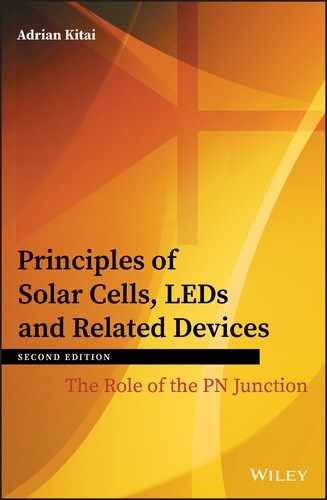Book Description
The second edition of the text that offers an introduction to the principles of solar cells and LEDs, revised and updated
The revised and updated second edition of Principles of Solar Cells, LEDs and Related Devices offers an introduction to the physical concepts required for a comprehensive understanding of p-n junction devices, light emitting diodes and solar cells. The author – a noted expert in the field – presents information on the semiconductor and junction device fundamentals and extends it to the practical implementation of semiconductors in both photovoltaic and LED devices. In addition, the text offers information on the treatment of a range of important semiconductor materials and device structures including OLED devices and organic solar cells.
This second edition contains a new chapter on the quantum mechanical description of the electron that will make the book accessible to students in any engineering discipline. The text also includes a new chapter on bipolar junction and junction field effect transistors as well as expanded chapters on solar cells and LEDs that include more detailed information on high efficiency devices. This important text:
- Offers an introduction to solar cells and LEDs, the two most important applications of semiconductor diodes
- Provides a solid theoretical basis for p-n junction devices
- Contains updated information and new chapters including better coverage of LED out-coupling design and performance and improvements in OLED efficiency
- Presents student problems at the end of each chapter and worked example problems throughout the text
Written for students in electrical engineering, physics and materials science and researchers in the electronics industry, Principles of Solar Cells, LEDs and Related Devices is the updated second edition that offers a guide to the physical concepts of p-n junction devices, light emitting diodes and solar cells.
